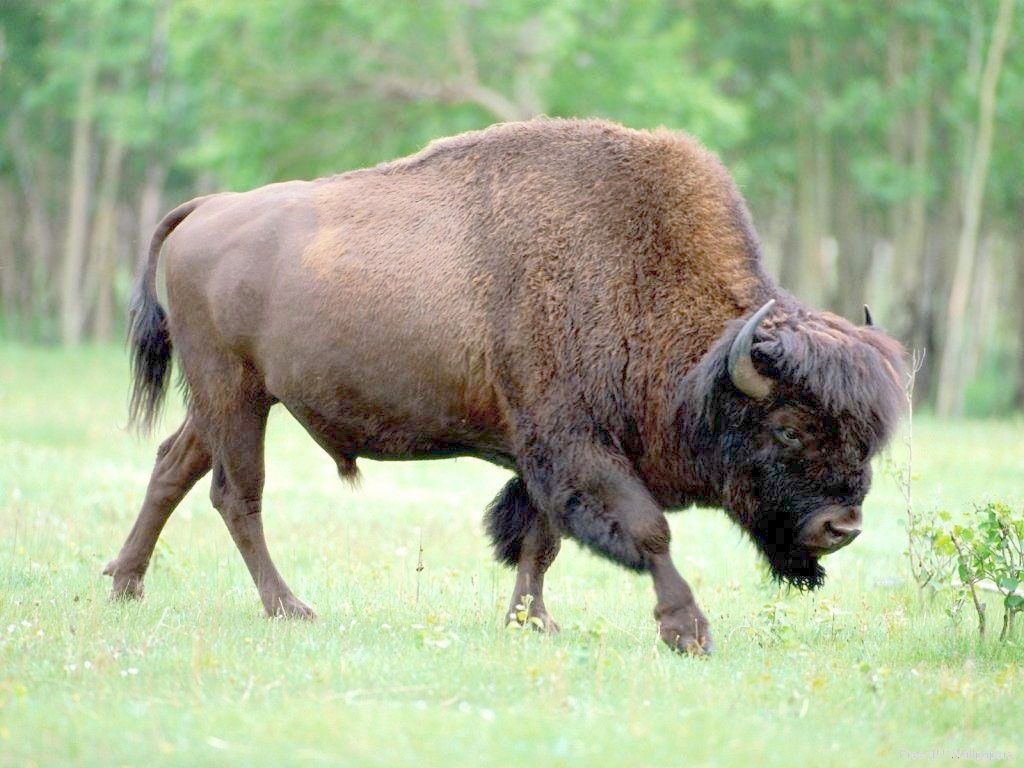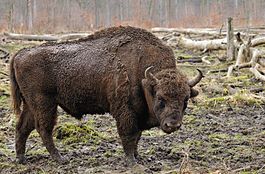How did dinosaurs appear?
Over a long period of time, some animal species gradually transformed into others. This process is called evolution. Such changes were most often a response to environmental influences. For example, animals that once ate leaves have been replaced by those with teeth and digestive systems adapted to eating and digesting grass. Some animal species could not survive in such conditions and became extinct.
In the age of dinosaurs, the world looked completely different from what it does today. When the first dinosaurs appeared, all the continents on the planet were connected into one giant continent - Pangea. Later, Pangea split into parts, which gradually dispersed in different directions. By the end of the reign of the dinosaurs, the continents acquired their familiar shapes and modern locations.
1.ALBERTOSAURUS - it was a large carnivorous dinosaur, similar in body structure to a tyrannosaurus. However, it was half the size of the latter - only 8 meters in length - and weighed 2 tons. Many Albertosaurus lived in North America 66 million years ago; modern scientists have discovered many of their fossilized remains and prints. Perhaps these lizards hunted hadrosaurs. Albertosaurus pounced on its prey and bit its neck with its powerful teeth. Albertosaurus got its name from the name of the Canadian province where these ancient reptiles were first found.
2. ARCHEOPTERYX is perhaps the oldest of all known birds. Archeopteryx lived in Central Europe about 150 million years ago. Unlike modern birds, they had small teeth and clawed fingers on their wings. The body length of Archeopteryx reached only 35 centimeters. It ended in a bone tail. The ancient first bird lived in forests, where it ate fruits, berries and insects. Archeopteryx primarily flew from one tree to another, and could also deftly climb trunks and branches.
3.BRACHIOSAUROUS – unlike most other sauropods, Brachiosaurus had longer front legs than its hind legs. Scientists believe that thanks to this, the animal could reach the tops of trees and pluck succulent foliage that was inaccessible to other herbivorous dinosaurs. Brachiosaurs lived on the shores of lakes. Their length reached 23-26 meters, and their weight was 50-80 tons.
4.DIPLODOK - this was one of the real giants of the Late Jurassic period. Diplodocus belonged to the order of sauropods and reached a length of 30 meters! Of these, most were on the neck and tail. The neck and tail bones of Diplodocus were hollow, so for its impressive size it weighed quite little - only about 10 tons. Diplodocus ate mainly plant foods.
5.GALLIMYMUS - this lizard reached a length of 4 meters and was the largest in the family of ornithomimids, or bird-like dinosaurs. Dinosaurs of this type looked very much like ostriches and ran just as fast. Gallimimus lived on the plains, moved in small herds and ate plant foods.
6.STEGOSAUR - Thanks to the perfectly preserved skeletons that were discovered in North America, Stegosaurus is one of the most well-studied dinosaurs. Stegosaurs lived about 150 million years ago. The length of the body, covered with a durable shell of horny plates, was 9 meters. With half-meter spikes at the end of its short but powerful tail, the stegosaurus could inflict mortal wounds on any predator. Large and small horny plates that dotted the back of the lizard from neck to tail served the stegosaurus as reliable protection. Despite their menacing appearance, stegosaurs were harmless herbivorous dinosaurs.
Scientists learn about ancient animals from their fossilized remains. In order for a dinosaur to form a fossil after death, the body must be covered with sand or filled with mud (as happens, for example, during a landslide, earthquake or flood). Over millions of years, the sand hardens into sandstone and the bones slowly dissolve, replaced by minerals that mimic their shape. As a result of rock weathering, fossilized dinosaur bones end up on the surface. Paleontologists very carefully dig up the found bones and then assemble a whole skeleton from them.
I really like dinosaurs, and I would really like to have a small dinosaur at home, the size of a cat, or a little more. I imagine him like this.



No comments here yet.